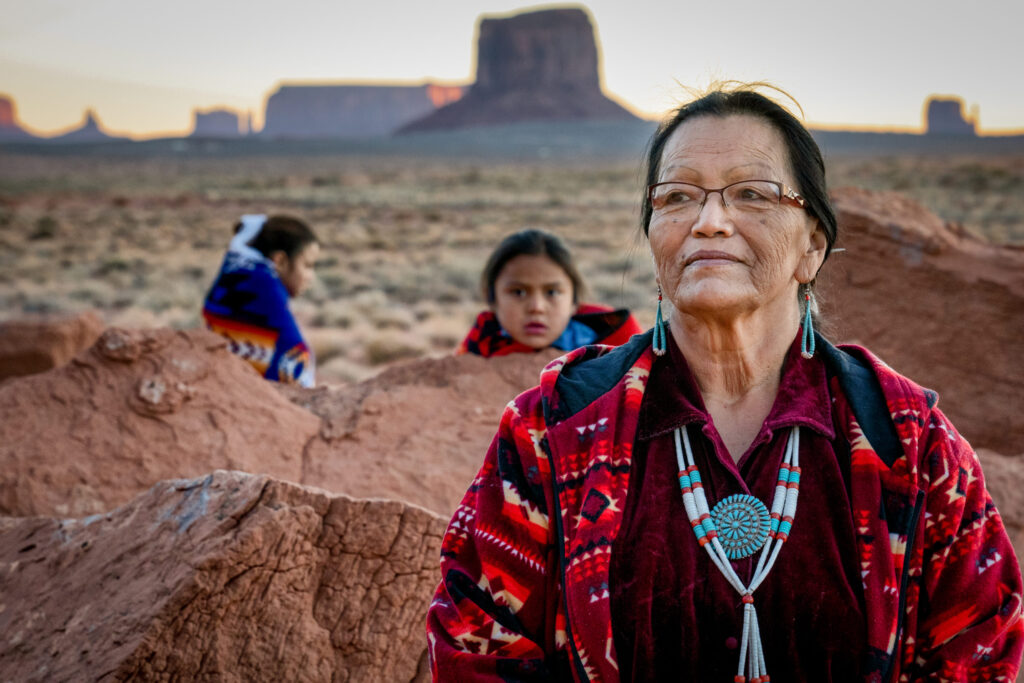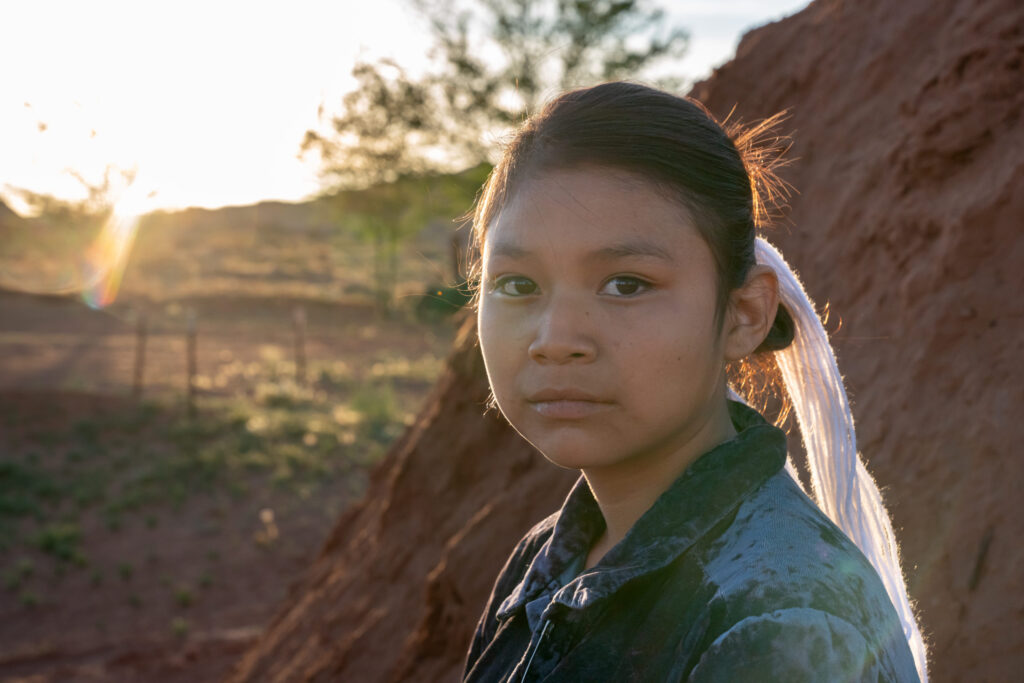Title IV-E Program
The Navajo Nation’s Title IV-E Program is part of the foster care program administered by the Navajo Nation Department of Family Services that uses federal funds to provide financial assistance for safe and stable out-of-home care for eligible children and youth until they are safely returned home, placed permanently with adoptive families or legal guardians, or placed in other planned arrangements for permanency.

About the Title IV-E Program
Who is eligible for the Title IV-E Program?
Title IV-E Foster Care Maintenance payments are made on behalf of an eligible child who is placed in:
- Licensed foster family home
- Licensed kinship family home
- An approved childcare institution
Any eligible child who is:
- In out-of-home placement
- In licensed or approved foster care placement
- Is removed from family that is considered as low income, based on measures from AFDC program
- Has been entered in foster care through judicial determination or voluntary placement
- Is a U.S. Citizen
Guardianship Assistance
IV-E Guardianship Assistance is intended to help prevent a child from remaining in foster care when reunification with parents and adoption are not appropriate permanency options.
Guardianship assistance supports relatives assuming legal guardianship by providing financial and medical assistance to guardians who are not able to meet their child’s needs without assistance.
A child in the care or custody of the Navajo Nation Department of Family Services has met the following requirements:
- The child must have been removed and complete all eligibility requirements of Title IV-E Foster Care.
- The child is placed with a potential guardian who is considered a relative or kin.
- The child must have resided in the home of the potential guardian for a period of at least six consecutive months during with the potential guardian was a fully licensed foster/kinship home.
- The child demonstrates a strong attachment to the potential guardian.
- The child has special needs or is placed with the potential guardian who indicates an economic need for the child.
- Initial Guardianship Assistance Agreement will be provided before the guardianship is completed.
- Annual Guardianship Assistance Agreement.
- Verification that the child/youth is completing secondary education or a program leading to an equivalent credential, enrolled in a post-secondary or vocational education, or participating in a program or activity designed to promote or remove barriers to employment.
Adoption Assistance
IV-E Adoption Assistance is intended to help prevent a child from remaining in foster care when reunification with parents is not an appropriate permanency option. Adoption assistance supports adoptive families assuming legal adoption by providing the following support:
- One-time assistance to assist with the costs of adopting a child.
- Monthly adoption assistance payments to adoptive families to assist with the care of an eligible child.
A child in the care or custody of the Navajo Nation Department of Family Services has met the following requirements:
- The child must have been removed and complete all eligibility requirements of Title IV-E Foster Care.
- The child is placed with a potential guardian who is considered a relative or kin.
- The child must have resided in the home of the potential guardian for a period of at least six consecutive months during with the potential guardian was a fully licensed foster/kinship home.
- The child demonstrates a strong attachment to the potential guardian.
- The child has special needs or is placed with the potential guardian who indicates an economic need for the child.
- Initial Adoption Assistance Agreement will be provided before the adoption is completed.
- Annual Adoption Assistance Agreement.
- Verification that the child/youth is completing secondary education or a program leading to an equivalent credential, enrolled in a post-secondary or vocational education, participating in a program or activity designed to promote or remove barriers to employment.
Work With Us
If you are interested in working with the Navajo Nation DFS, contact us about options for financial assistance with education or field opportunities:
Delphina.Benallie@ndcfs.org

Education Scholarships for Social Work Degrees
The Social Services Education and Training Services program offers financial assistance to Navajo students pursuing a Social Work degree and are working in or have an interest in working within the Navajo Nation’s child welfare programs.
Interested students who are enrolled full or part-time at Arizona State University in either the Bachelor of Social Work program or Master of Social Work program can contact the Department of Family Services for more information.
Contact Delphina Benallie:
Delphina.Benallie@ndcfs.org
Internships and Field Work Opportunities
Social Work internships/field placements are available within the Department of Family Services. Please contact the Department of Family Services for more information.
Contact Delphina Benallie:
Delphina.Benallie@ndcfs.org
Get Help Today
Contact any DFS office.
